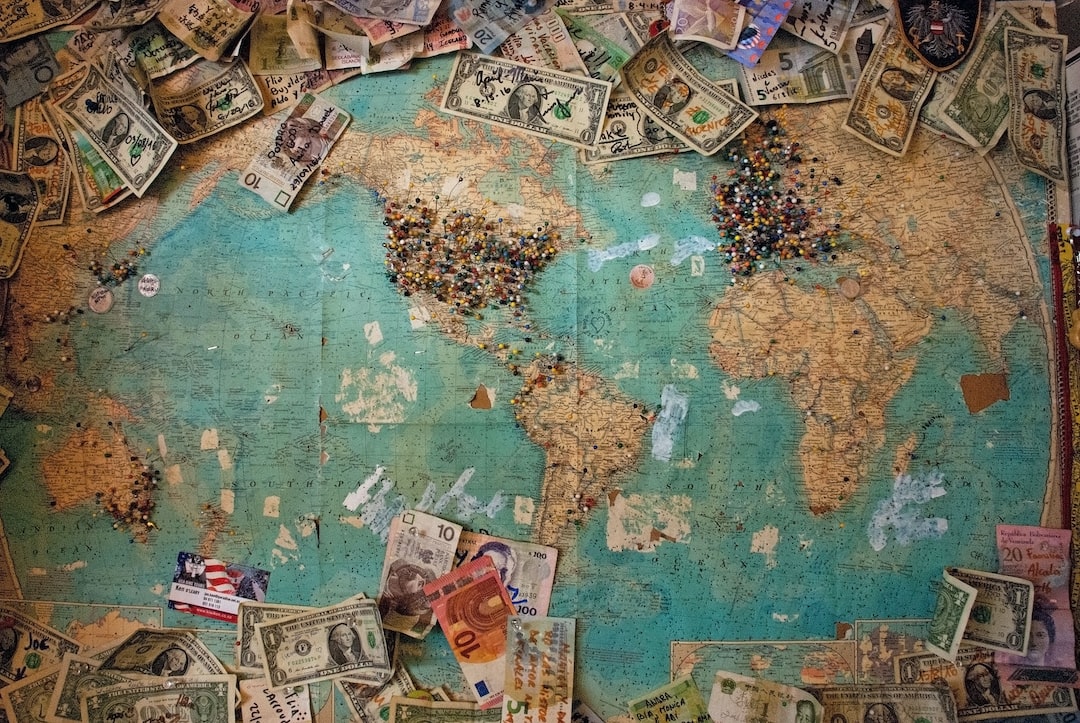Throughout history, art and nature have always shared a strong relationship, and the intersection of the two has created some of the most stunning works of art in history. Nature has long provided inspiration for artists, from the intricate patterns of leaves and flowers to the sweeping vistas of mountains and oceans. Art, in turn, has often been used to celebrate the beauty of nature, to raise awareness of environmental issues, or to inspire people to take action in preserving the natural world.
Artists have explored the intersection of art and nature in many different forms. For instance, the art of landscape painting has long been one of the most popular ways that artists have explored the natural world. From the romantic landscapes of the 18th century to the impressionist and post-impressionist works of the 19th and 20th centuries, artists have captured the beauty and power of nature in countless ways.
But art and nature are not limited to painting. Sculpture, photography, and other art forms have also found ways to showcase the natural world. Contemporary artists, in particular, have taken this intersection to new heights with installations, sculptures, and performance art pieces that incorporate elements of nature in unexpected ways.
Some artists use natural materials to create their art, while others focus on the environmental impact of their work. For example, the famous American artist Christo and his wife Jeanne-Claude created temporary environmental art installations such as The Gates in New York City’s Central Park, which consisted of over 7,500 orange gates lining the park’s pathways. The installation was meant to celebrate the beauty of the park and create a sense of community.
Others, such as Tibetan artist Gonkar Gyatso, use recycled materials to comment on environmental issues. Gyatso’s work often includes plastic bags and other discarded materials that he uses to create intricate sculptures and installations. Through his art, Gyatso highlights the impact of waste and consumerism on the environment.
In recent years, art and nature have come together in a new way as artists have begun to use technology to explore the natural world. Virtual and augmented reality, for instance, have allowed artists to create immersive experiences that place viewers inside a natural environment without having to leave the city. This type of art offers an entirely new way to experience nature and can be particularly impactful for audiences who might not have access to natural environments.
Art and nature are connected in many ways, and the intersection of the two has the potential to inspire people, raise awareness of environmental issues, and create beauty in the world. From traditional landscape paintings to contemporary installations made from recycled materials, artists have used their creativity to explore the natural world in countless ways. Whether it’s through stunning visuals, immersive experiences, or art that comments on environmental issues, the intersection of art and nature continues to be a rich source of inspiration for artists and audiences alike.

